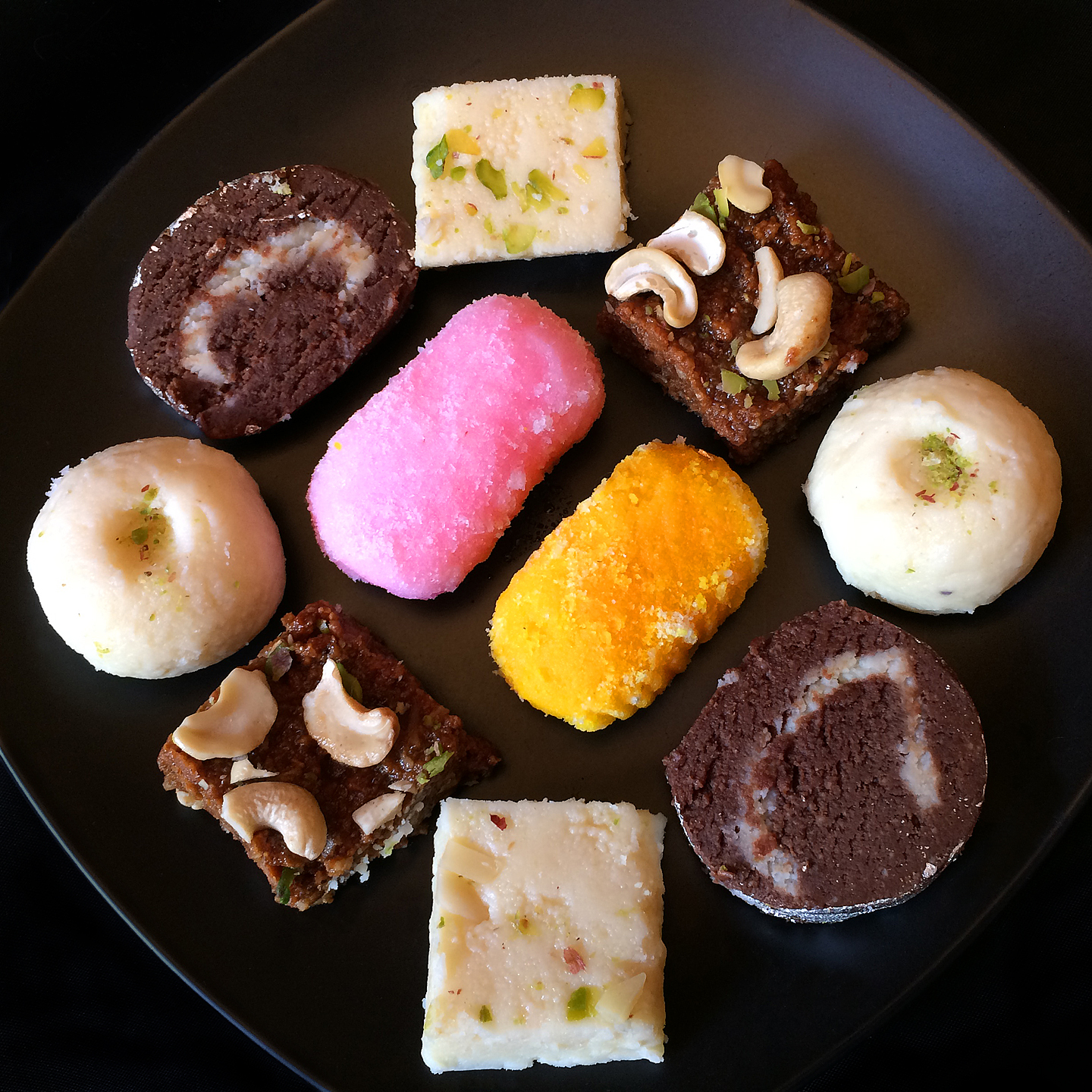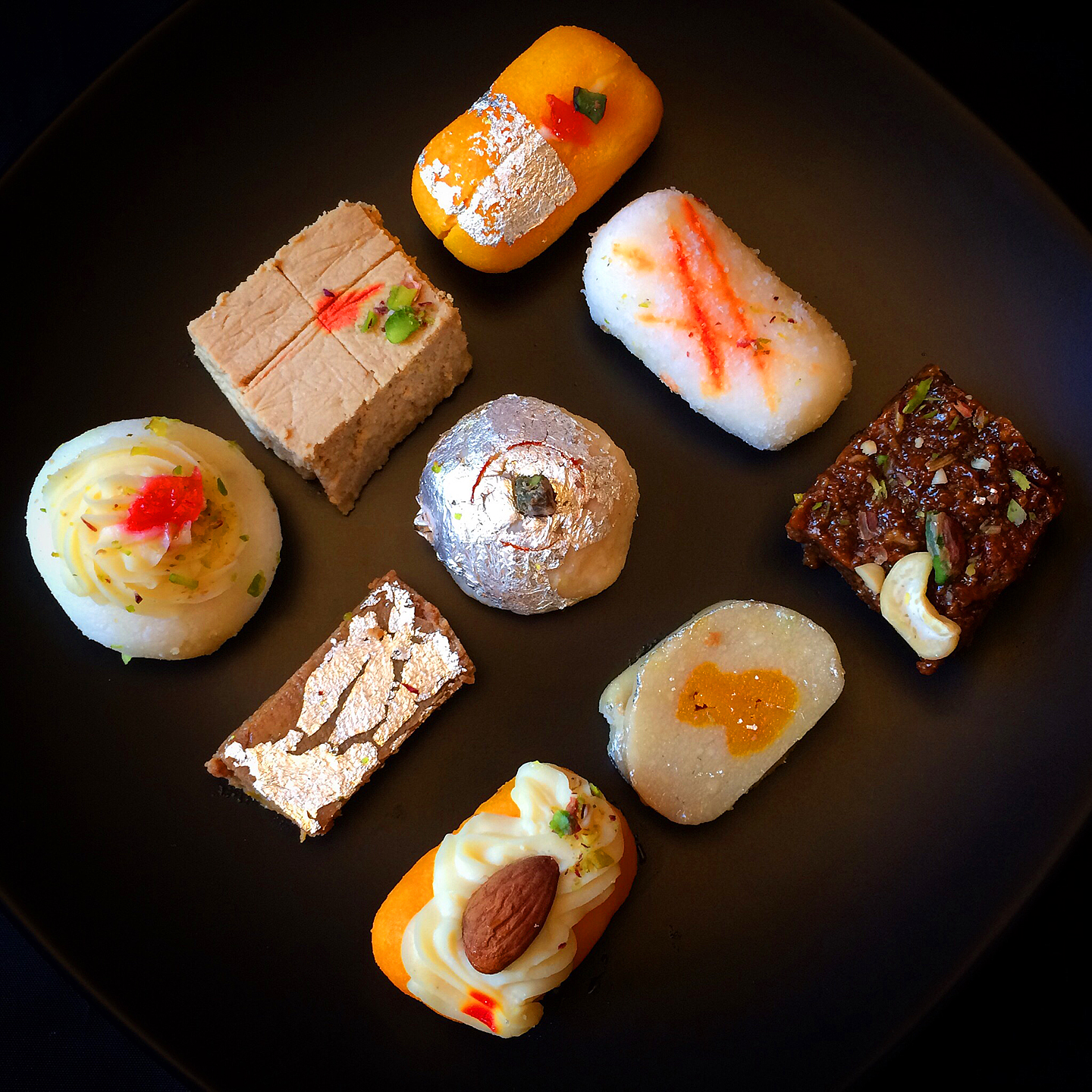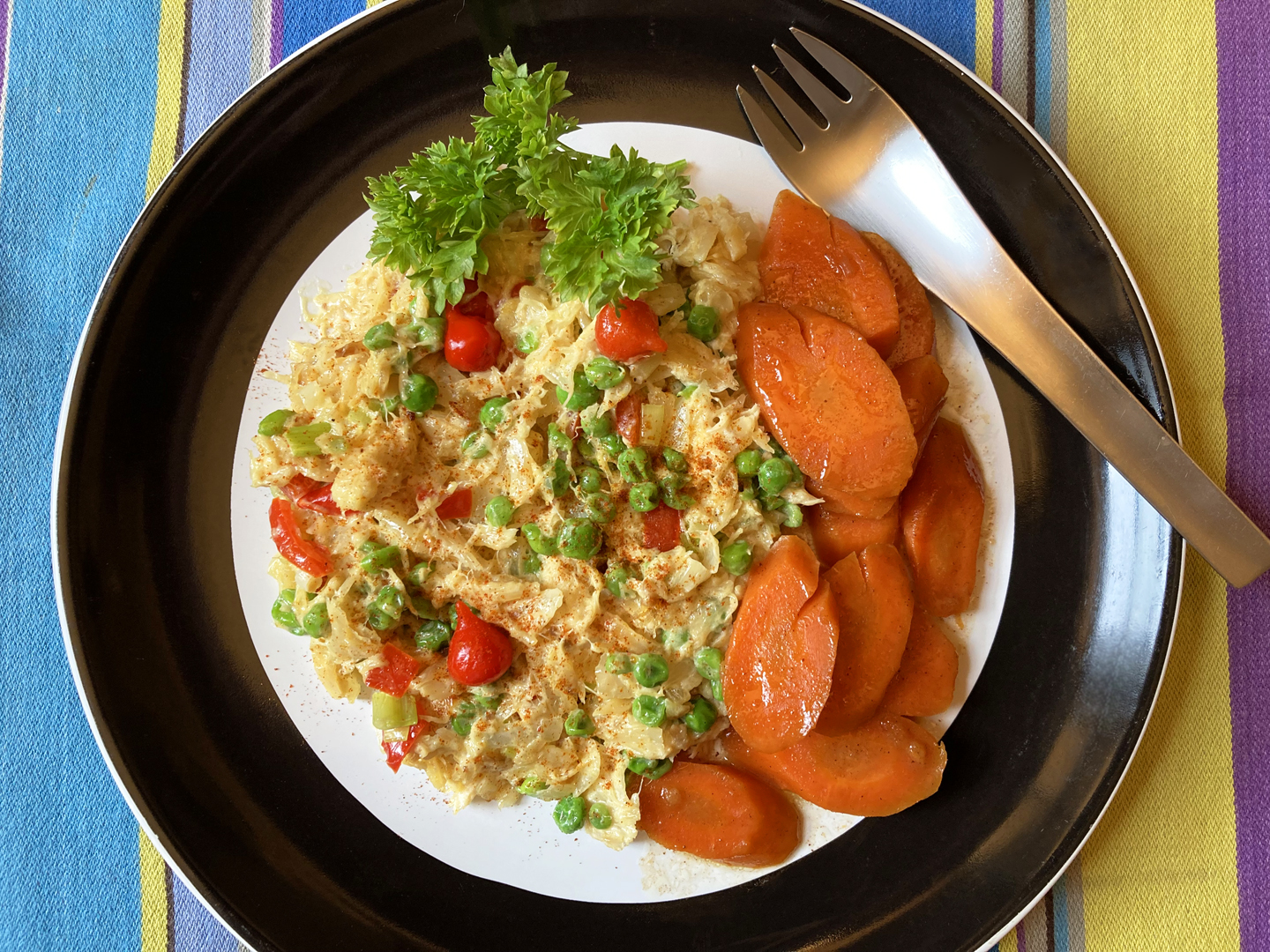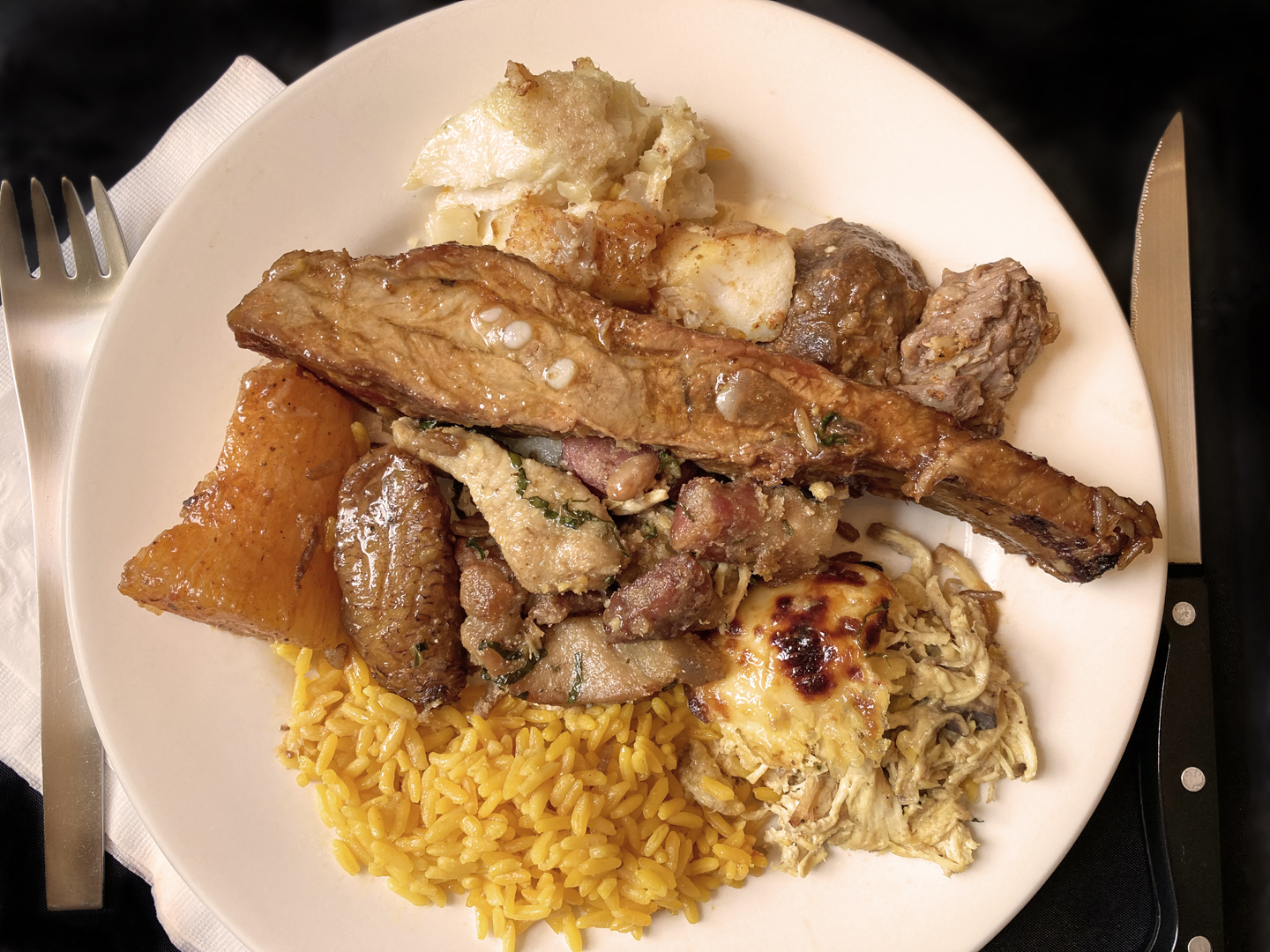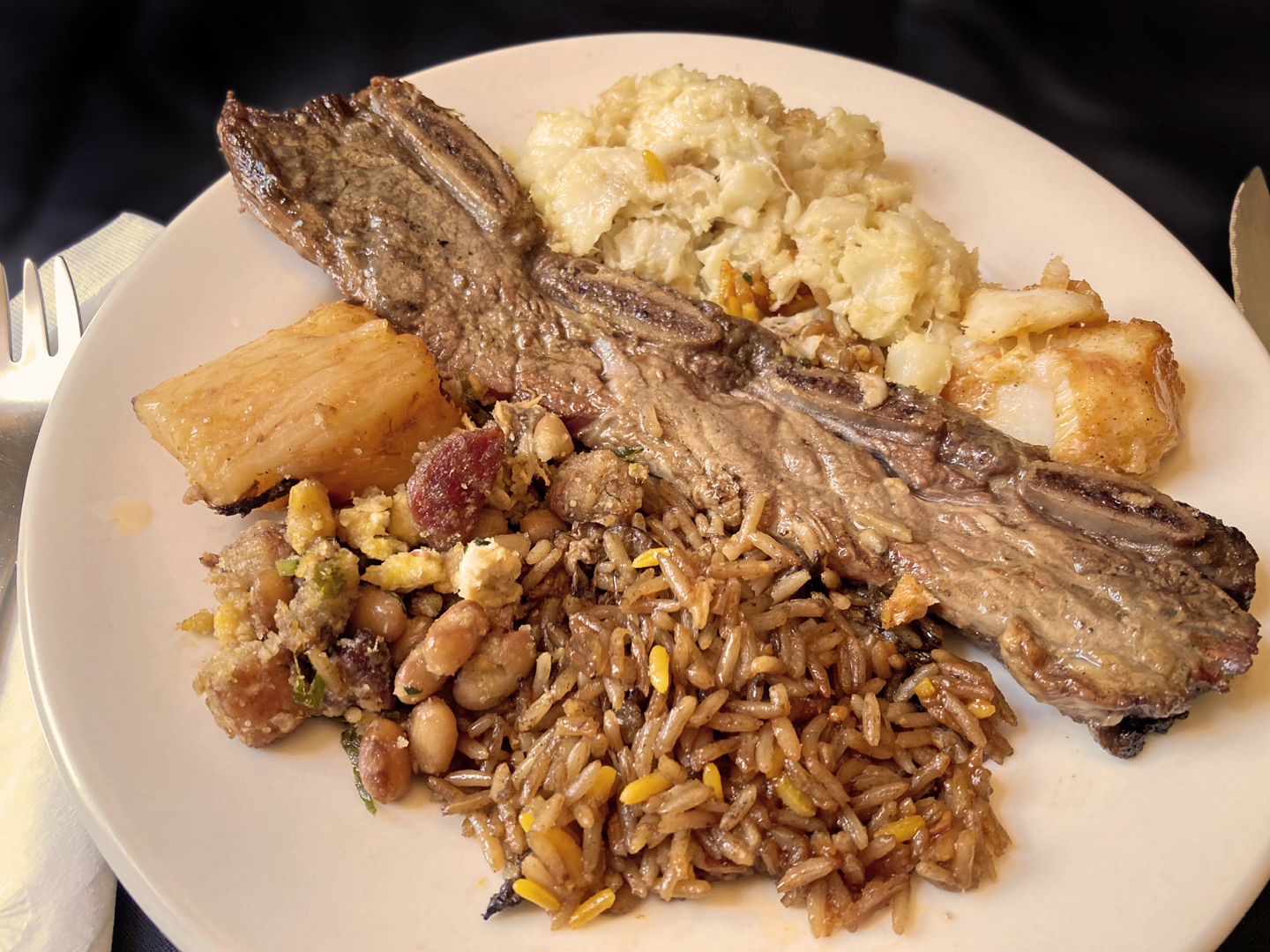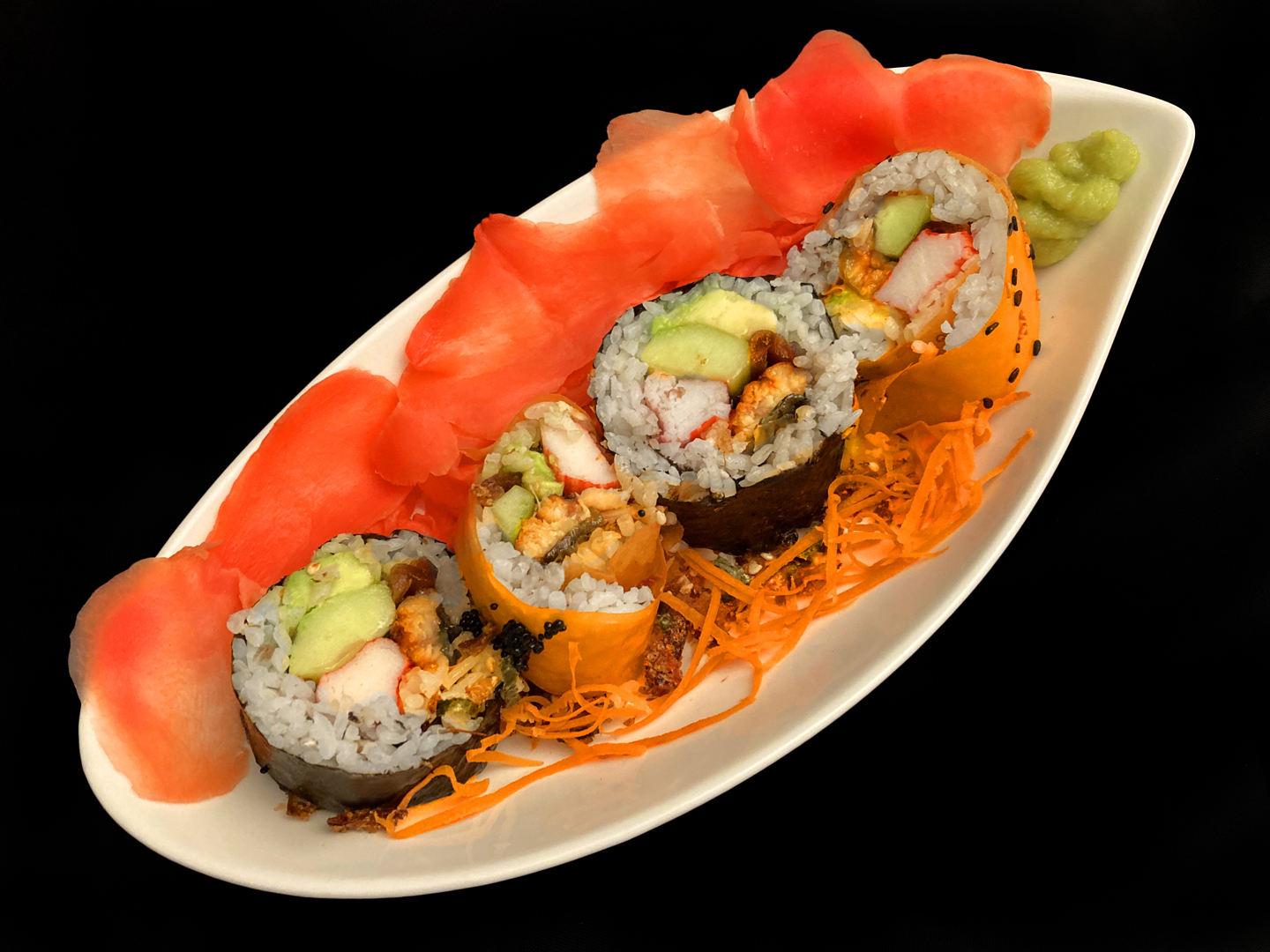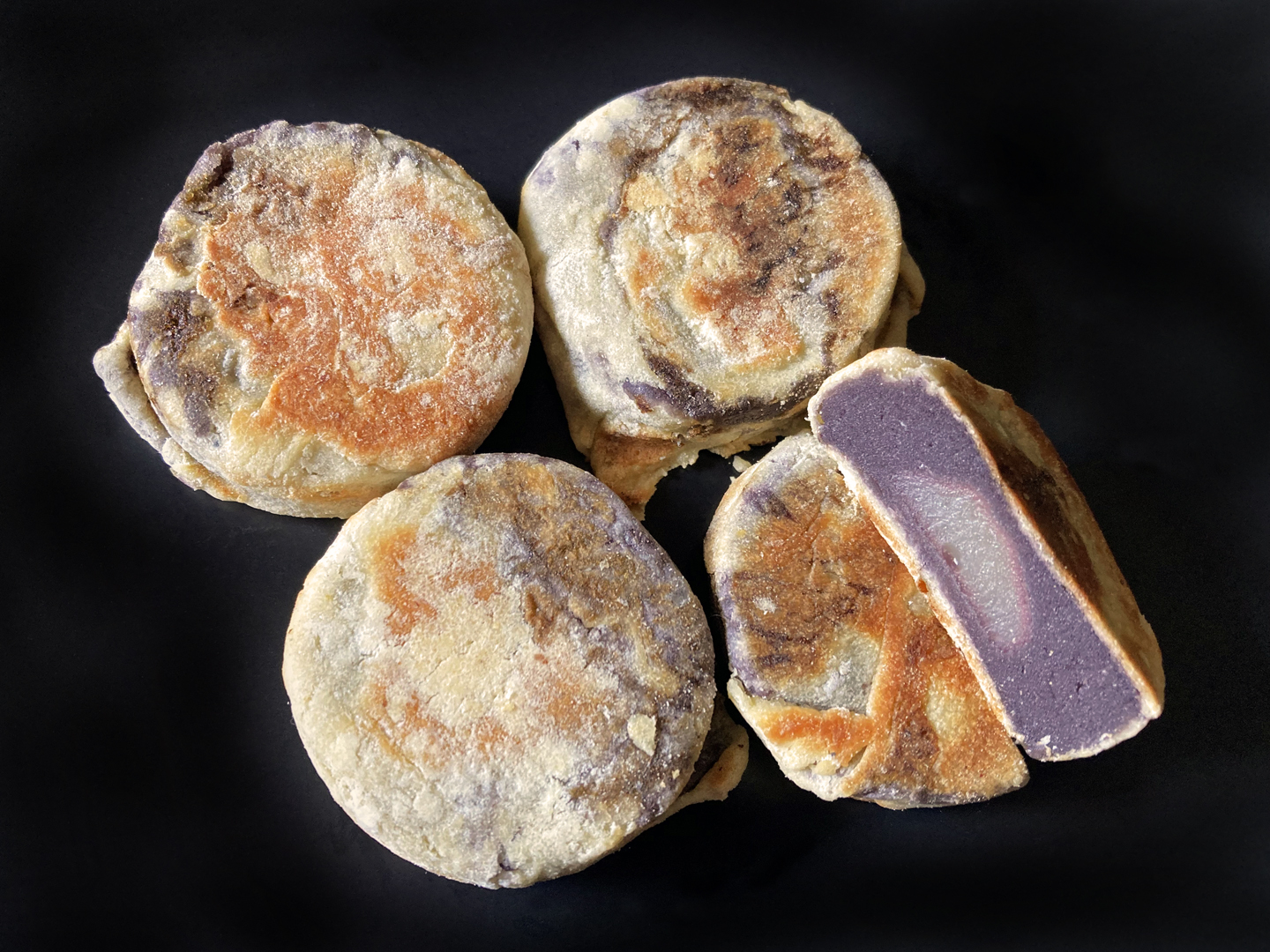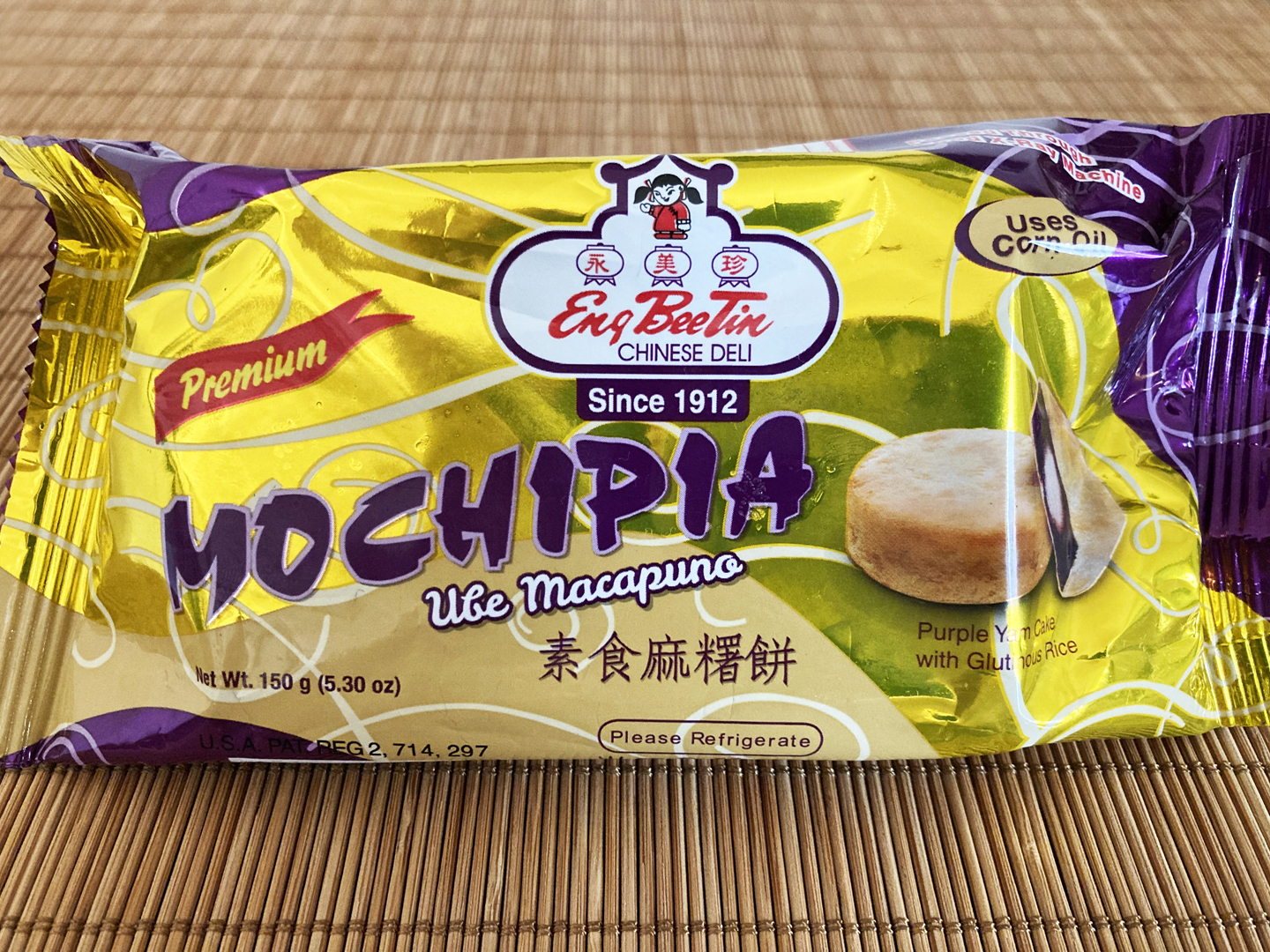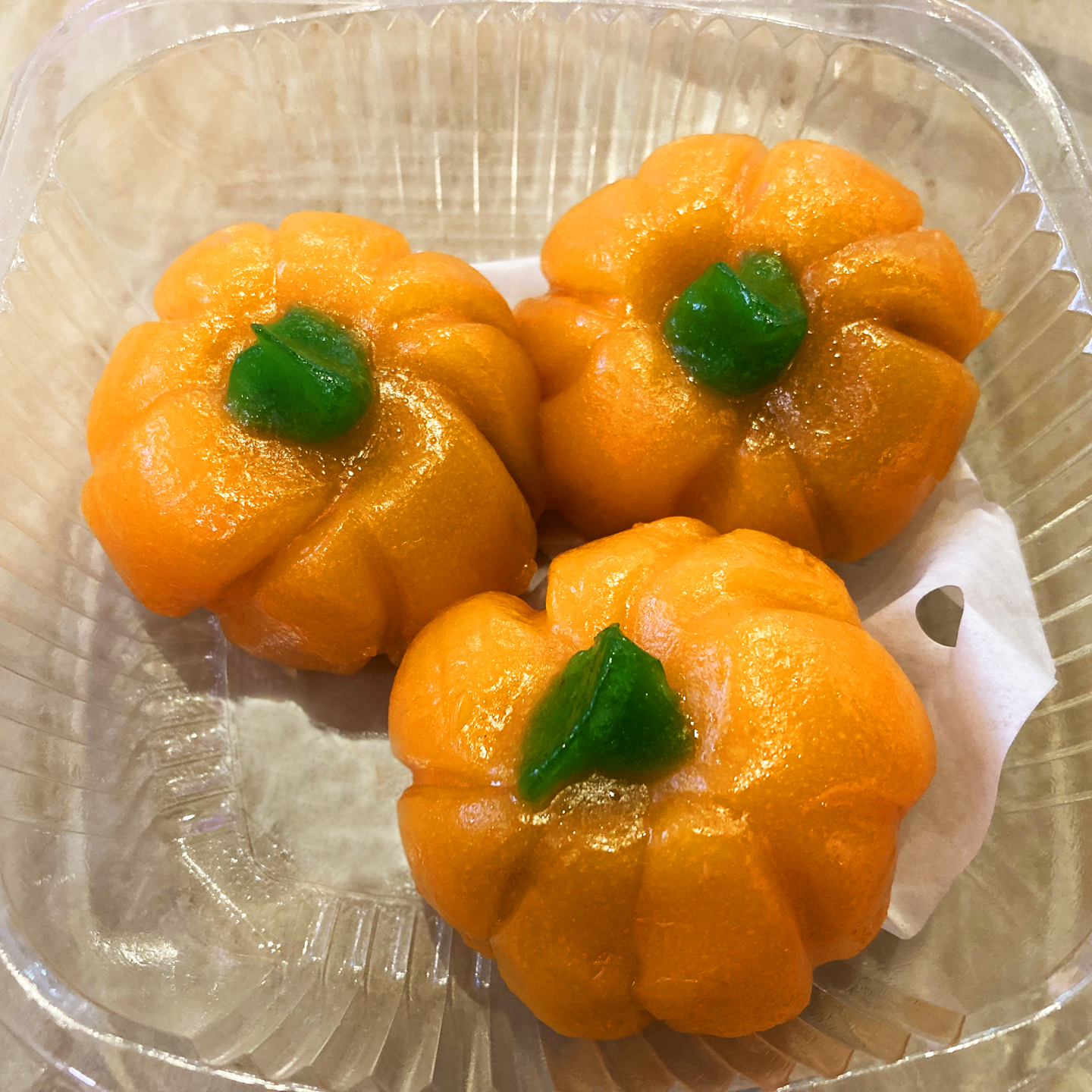(Click on any image to view it in high resolution.)

For many folks, Christmas season officially begins the moment Santa Claus floats down Sixth Avenue (sort of a horizontal chimney, I guess) at the finale of Macy’s Thanksgiving Day Parade. And as if a holiday miracle had occurred, somehow stores were already flaunting a plethora of Christmas goods even before he chortled his final “Ho!” All the fall décor had vanished like the Ghost of Thanksgiving Past to be replaced by a full complement of Christmas merchandise. Or did they just leap from Halloween to Christmas skipping over Thanksgiving entirely because as holidays go it’s just not profitable unless you’re a food market?
Leaping and skipping aside, I decided to get a jump on the festivities and dash away to the newly opened Wegman’s at Astor Place in Manhattan – for all intents and purposes a take-out restaurant disguised as a supermarket – to check out the “first fruits” of the season. I was eager to see if they too had begun to display Christmas wares like eggnog, eggnog ice cream, and other eggnog infused desserts.
Nope. Not a jot or a jingle.
I asked a helpful staffer and he replied, “We don’t sell that here.”
A modern upscale supermarket that doesn’t sell eggnog at Christmastime? Heresy! He suggested that I try their Brooklyn store. Bereft but undaunted, I took the two subways and one bus required to get there.
Now, the Brooklyn store keeps its holiday items sequestered away from their conventional cousins – eggnog has its own display far from the milk – but I couldn’t locate its frozen creamy counterpart. I found a helpful staffer. “Hi! I bought some eggnog ice cream here last year,” I began, “but I don’t see it in the ice cream case.”
“We don’t sell that here,” she replied helpfully. “Try the Astor Place store in Manhattan.”
“They…sent…me…here,” I intoned, parsing my words.
But at least they were offering their panettone (which I covered last year in my “Panettone” story) as well as the marzipan stollen you see here. It was only okay.
I’m hoping to post more treats as we dive further down the holiday rabbit hole. But it’s still early and like any sweet fruit, the season needs time to ripen.


